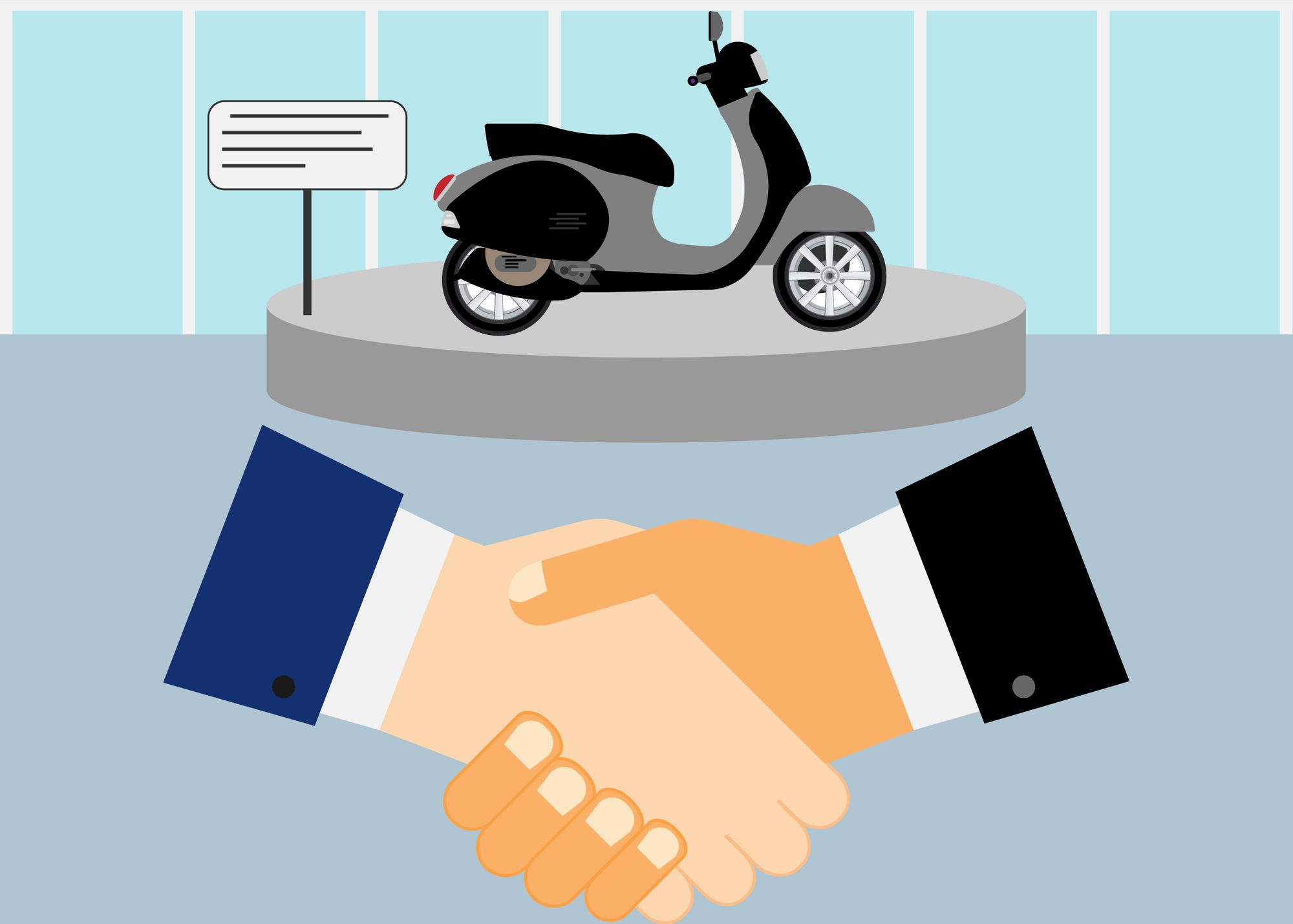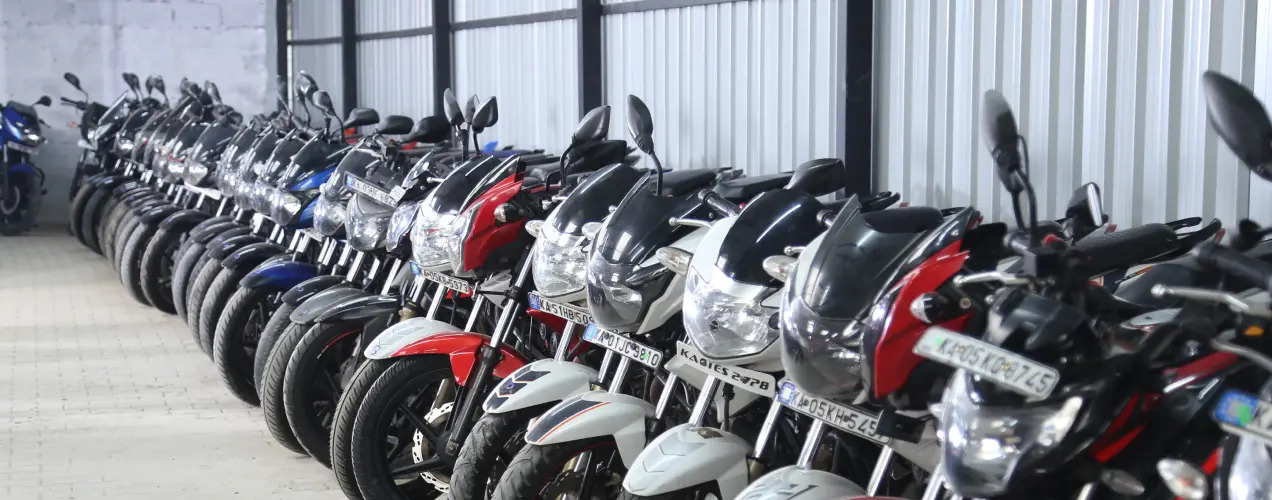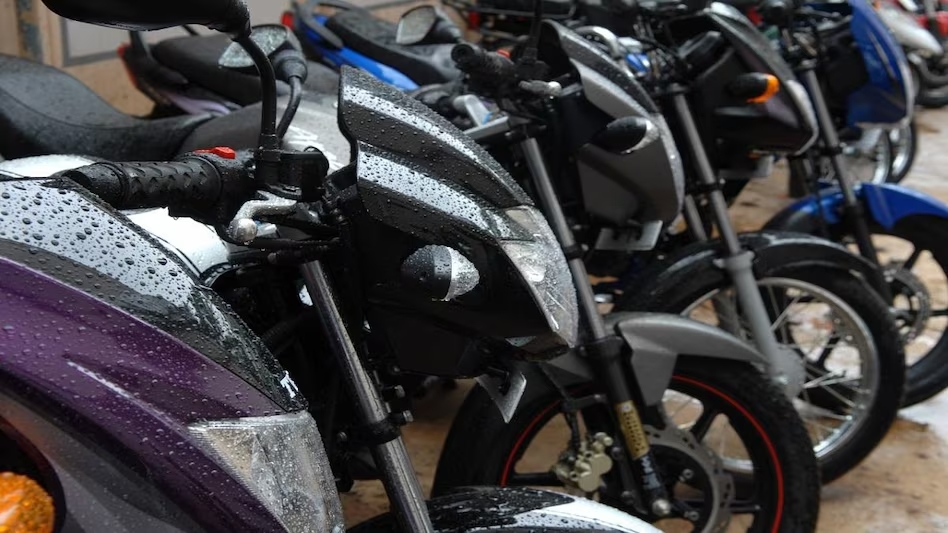Essential Tips for Buying a Second-Hand Bike
Whether it’s a brand-new model or a second bike, bikers share an equal passion for their rides. If a new bike is beyond your budget, a second hand bike can be a great alternative, helping you achieve your dream without breaking the bank. Here’s a guide to ensure you make a wise purchase:
1. Define Your Purpose
Start by identifying the purpose of your bike purchase. Consider whether you need a fuel-efficient commuter or a cruiser for long trips. Remember, owning a bike includes ongoing costs like maintenance, insurance, and fuel.
2. Do Your Research
Once you know what you need, research various options thoroughly. Prices and bike conditions can vary between dealers. Don’t limit yourself to just bike dealers—consider buying from friends or reputable online platforms as well.

3. Inspect the Bike Carefully
Examine the bike closely as if you were a detective. Check for any dents, scratches, or signs of damage. This will help you gauge the bike's overall condition.
4. Take a Test Ride
A bike might look great, but only a test ride can reveal its true performance. If you’re familiar with bike mechanics, a short ride might be enough to assess the bike’s condition. If you’re not confident, bring along an experienced friend or a trusted mechanic for a test ride.
5. Verify the Chassis Number
Ensure the chassis number on the bike matches the one on the registration certificate. This might be challenging with older bikes, so consider having a mechanic assist. Consistency between the chassis number and registration is crucial.

6. Check the Service History
Request the bike’s service history if available. This will inform you about past maintenance and any future needs. If no written record is available, ask the seller for an estimate of past maintenance work.
7. Ensure Proper Documentation
Ensure the following documents are in order when buying a second hand bike:
- Registration certificate
- Bike insurance (transferred to your name)
- Pollution under control certificate
- RTO forms: Form 28, Form 29, Form 30
- Sales receipt
8. Negotiate the Price
Use the information from the above checks to negotiate the price. For instance, if you find dents or signs of poor maintenance, factor these into the final price.
Also Read: How to save money on bike insurance premium?
Bike Insurance
Regardless of whether you buy a new or second hand bike, insurance is essential. Purchase or renew your two-wheeler insurance online, and compare policies to find the best deal. Ensure your policy is renewed before it expires to keep it active.
By following these steps, you’ll be better equipped to find a reliable second hand bike that fits your needs and budget.

FAQs: Essential Tips for Buying a second hand Bike
1. What should I consider before buying a second hand bike?
Before buying a second hand bike, consider its purpose (commuting vs. cruising), conduct thorough research on different options and prices, inspect the bike for damage, take it for a test ride, verify the chassis number, check the service history, and ensure all proper documentation is in place.
2. How can I inspect a second hand bike effectively?
Inspect a second hand bike by checking for visible signs of damage like dents and scratches. Look closely at the bike's overall condition and components. For a detailed inspection, consider having a trusted mechanic evaluate the bike.
3. What should I look for during a test ride of a second hand bike?
During a test ride, assess the bike’s performance, handling, and comfort. Listen for any unusual noises and check if the bike operates smoothly. If you're not experienced, bring along someone knowledgeable to help evaluate the ride.
4. How important is it to check the chassis number when buying a second hand bike?
Checking the chassis number is crucial to ensure it matches the registration certificate. This helps confirm the bike’s identity and prevent potential legal issues. Discrepancies in the chassis number could indicate problems.